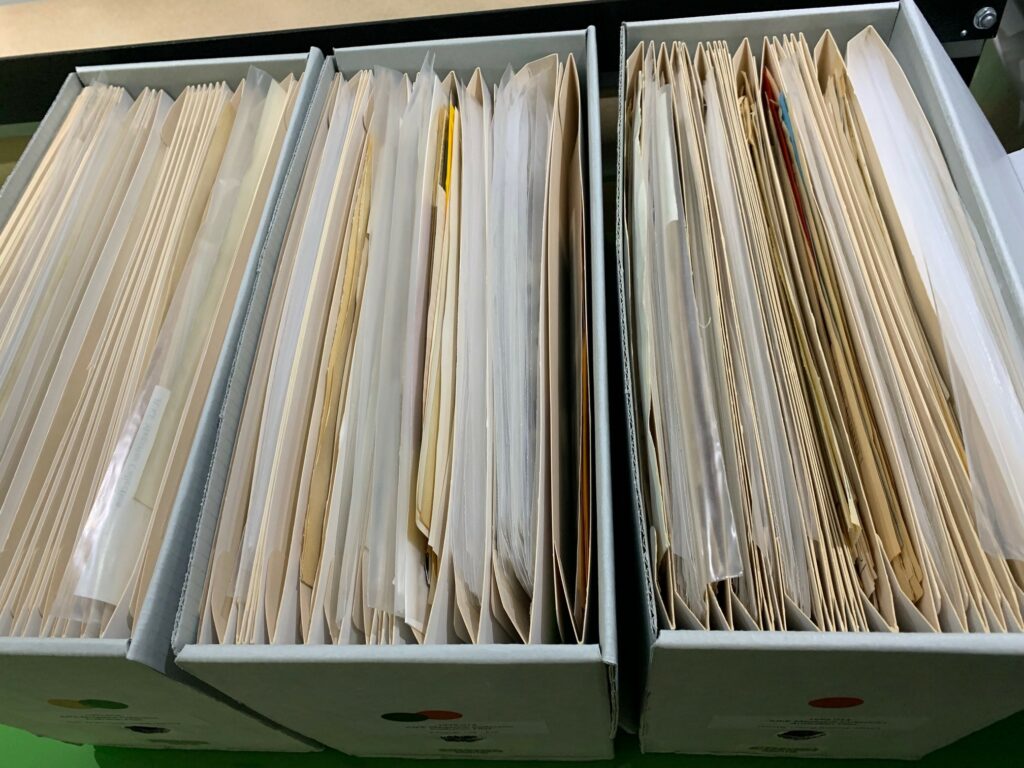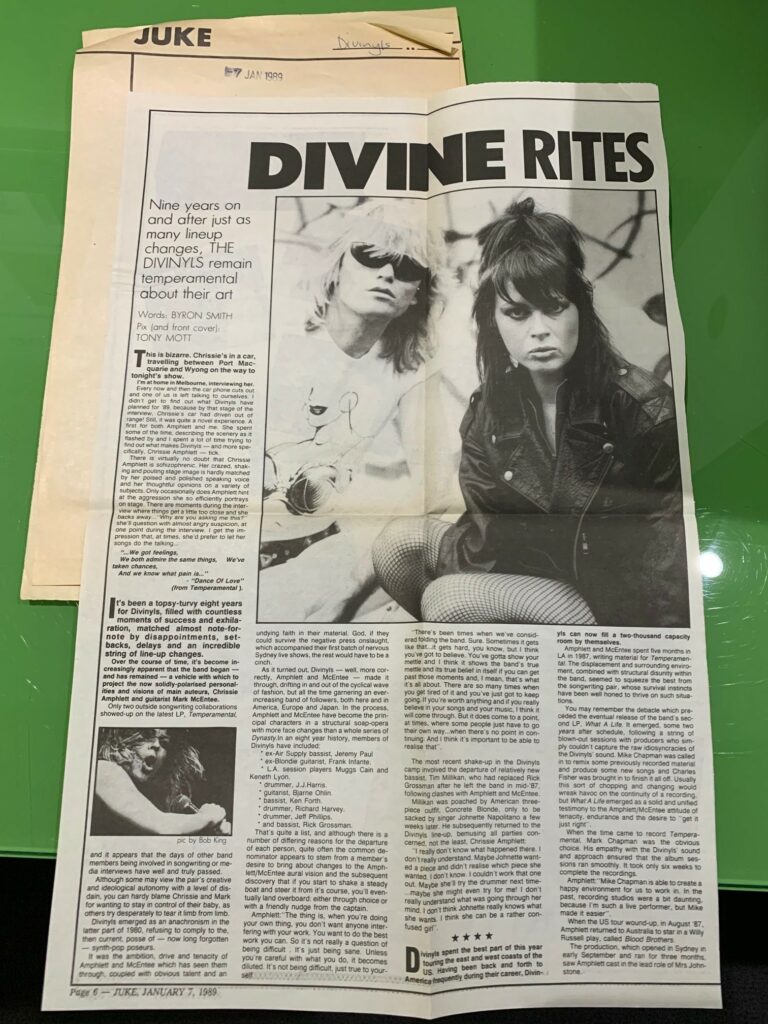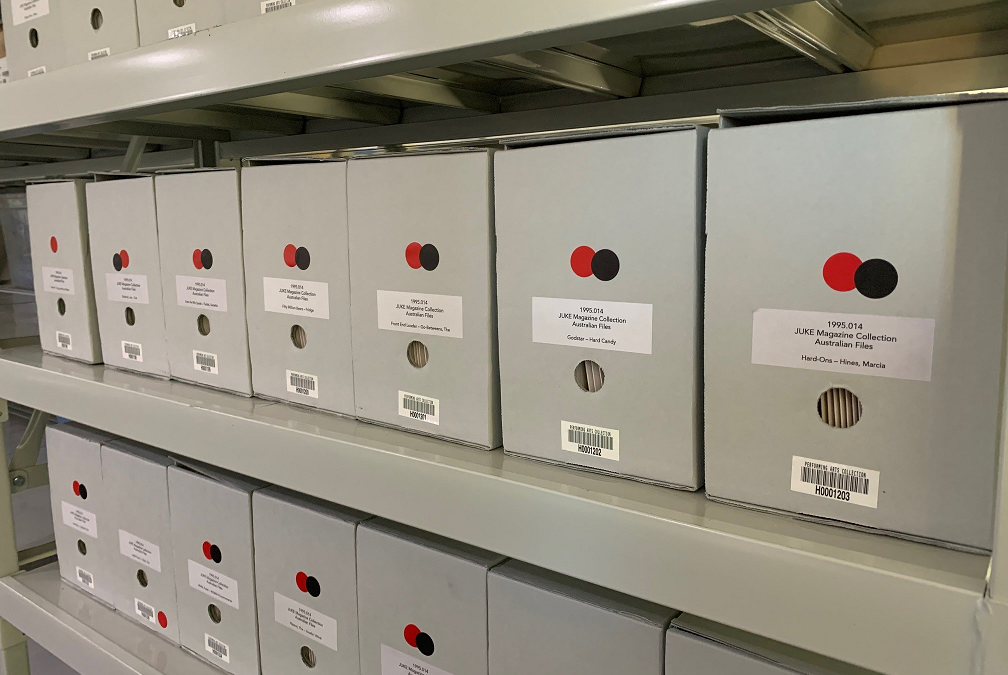Melbourne-based rock music magazine JUKE was founded in 1975 by rock journalist Ed Nimmervoll following the closure of the classic 1960s rock journal Go-Set in 1974. JUKE began at a time when Australian bands such as Skyhooks, Sherbet, and Little River Band were dominating the charts and establishing an international reputation.
JUKE began by promoting artists in the Australian music industry before expanding to represent international acts. The magazine included music reviews, local and worldwide gig listings, and music-related classifieds. It also featured articles by some of Australia’s top rock journalists as well as some of the country’s most skilled photographers including Graeme Webber, Bob King, Tony Mott, and David Parker.
The JUKE Magazine Collection (1974 – 1992) consists of approximately 3,000 files which include photographic images (both live and promotional shots), press releases, news clippings, correspondence, and advertising material documenting the local and international rock scene for nearly two decades. The Age newspaper donated the JUKE Magazine Collection to the Australian Performing Arts Collection at Arts Centre Melbourne in 1995.
Arts Centre Melbourne understands that digitising the collection is essential for preserving music history, making it accessible to a wider audience, supporting research and enriching the understanding of the cultural significance of music in different eras. They therefore engaged DatacomIT to improve their current retrieval situation through digitisation.
The JUKE Magazine Collection, which consists of 1,193 editions/folders and 35,000 pages, was successfully digitised by DatacomIT. All objects were digitally captured in full colour at a resolution of 300 dpi, produced as an archival TIFF preservation master, and given file names that complied with Arts Centre Melbourne guidelines.
The JUKE Magazine Collection is now accessible through the Arts Centre Melbourne website https://collections.artscentremelbourne.com.au/ where the public and music enthusiasts can research the collection online or by appointment.
Digitising historical material is crucial for preserving, sharing, and advancing our understanding of the past. It promotes accessibility, research, education, and the safeguarding of cultural heritage for current and future generations. Furthermore, it harnesses the power of technology to breathe new life into historical records and artifacts, ensuring they continue to enrich our understanding of history and culture.



